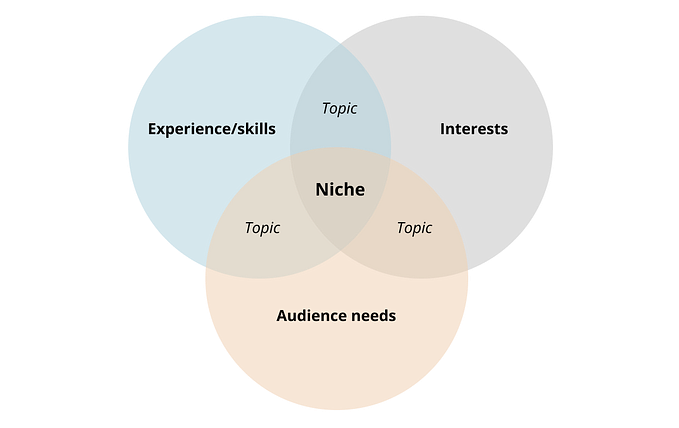The best UX design tool?

Before coming to UX design, I practiced architecture for over ten years. Architecture is very physical. You’re dealing with real materials, tangible space, climate and weather, and users who experience that physicality with their five senses.
Physicality is not present only in the final building, or during construction, but throughout the entire design process as well. Countless hours are spent not only on a computer, but with knives, glue and foam core (among an infinite variety of options) making physical models. And countless hours are spent with pen and paper sketching out ideas, working out technical problems and marking up drawing sets. Without pen and paper, the design process would be less fruitful because of that lost physical connection.
My experience as an architect has made me a firm believer in the power of pen and paper, and I am convinced that they are also the best tools for UX design.
As a UX designer, especially in the early stages of the design process, using pen and paper allows me to sketch out concepts, diagrams, wireframes and possible solutions quickly. I try to avoid touching a computer for as long as possible. This is not to say that drawing with computers is inappropriate. I am designing digital experiences, after all.
For me, there is something about the physical act of drawing on paper that gets me on a roll, much more than if I attempt something similar with keyboard and mouse. I wonder if it’s akin to the experience students have when taking notes.
I also want to make clear that drawing with a stylus and tablet is different from creating something with a keyboard and mouse. I just prefer pen and paper because they are completely apart from the computer. That way I’m not tempted to jump to a format that emphasizes precision and finality too soon.
Often, the resolution of the screen and preciseness of the software ensures that one gets lost in the details and begins to miss the big picture, miss the essence of what is being communicated.
Sketching with pen and paper is also low value. If it’s a bad idea, you can simply move to a blank area or throw it out and start on a new sheet. And it doesn’t have to be pretty. It just needs to be legible. Everyone sees differently, and sketches give people the chance to perceive something or generate an idea that may be diminished as pixels are introduced and perfected.
With pen and paper, I can doodle, wander and come up with something pleasantly unexpected. And I can do it anywhere. I don’t need to be at my desk, or with an outlet nearby or a charged battery. I just need a pen and some paper.
When sketching, I generally follow these guidelines:
1) Keep it primitive. We’re not creating masterpieces. We’re getting ideas out quickly, making notes, iterating. I usually limit myself to a single color. Introducing multiple colors usually adds unnecessary complexity that will slow you down and distract from the purpose of the sketch.

2) Make it legible. Sketching is supposed to be fast, but not so fast that it’s illegible to others, or to you, if you step away from it for a few hours. Sketching is a form of communication with your team, so everyone should be able to interpret something from it. I will sometimes use two pens, one thin and one thick to show differentiation in line weight, or use a pencil or grey marker to add tones. But this is only done if the sketch requires it. I don’t want to stray too far away from something primitive.

3) Don’t make them too small. A small sketch will just make your hand hurt and it won’t communicate information as well. It’s not a Swiss timepiece. It’s a sketch. I usually sketch in a sketch book or on paper that I swipe from the printer. Sometimes I’ll sketch on large easel pads where the sheets of paper are sticky on the back. It’s great to have the space to sketch many things together, or just to do large sketches that are great for group exercises and meetings.

4) Be purposeful. Sketches are supposed to explore and clarify ideas and communicate that to others. Clarity is especially key when outside stakeholders and those unfamiliar with the project view your sketches.
Who knows how long pen and paper will be relevant to the UX design process. I’m sure very soon I’ll be spending more and more time with a stylus and tablet. But in the meantime, you can find me happily sketching digital spaces with physical tools.









